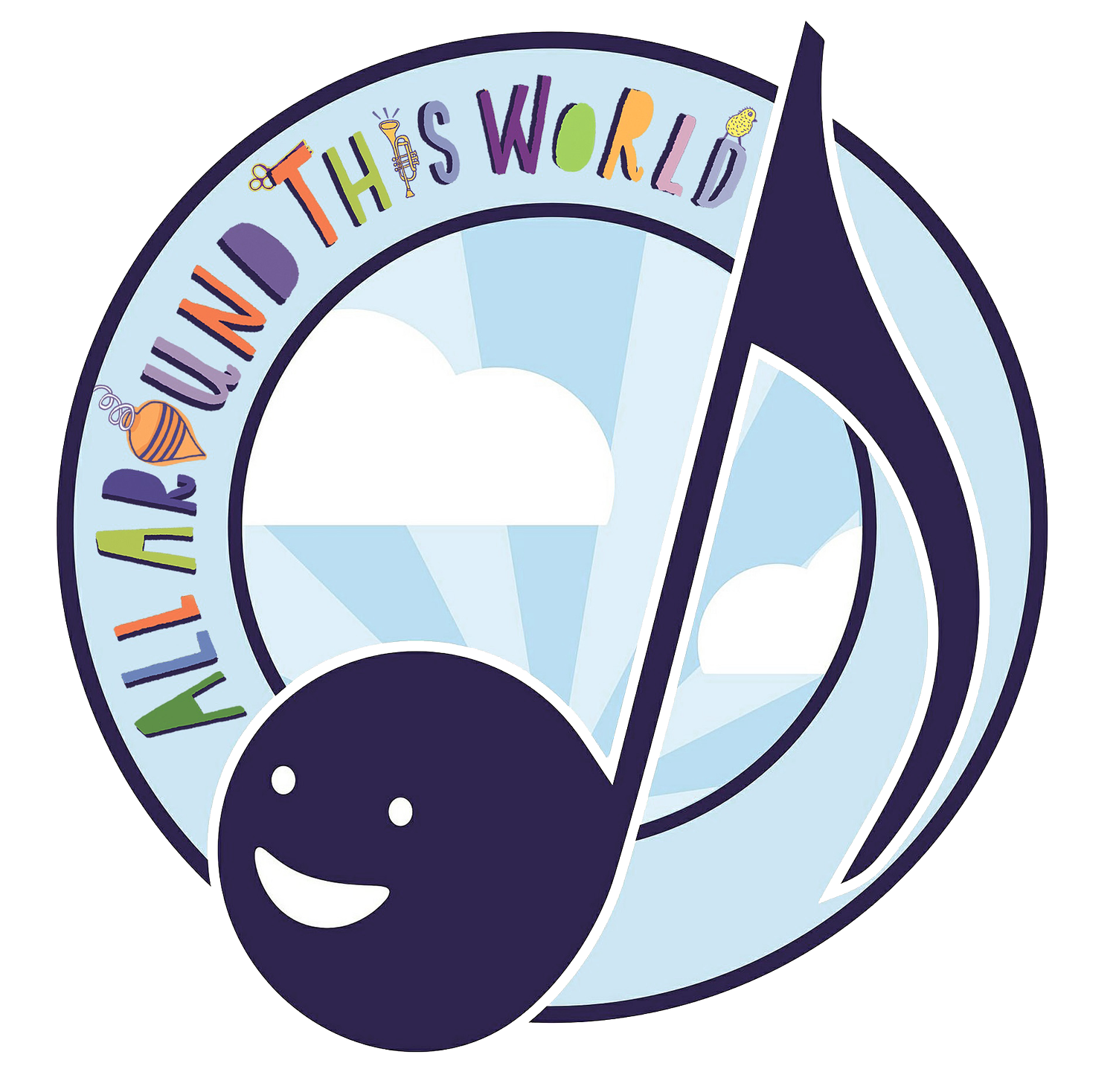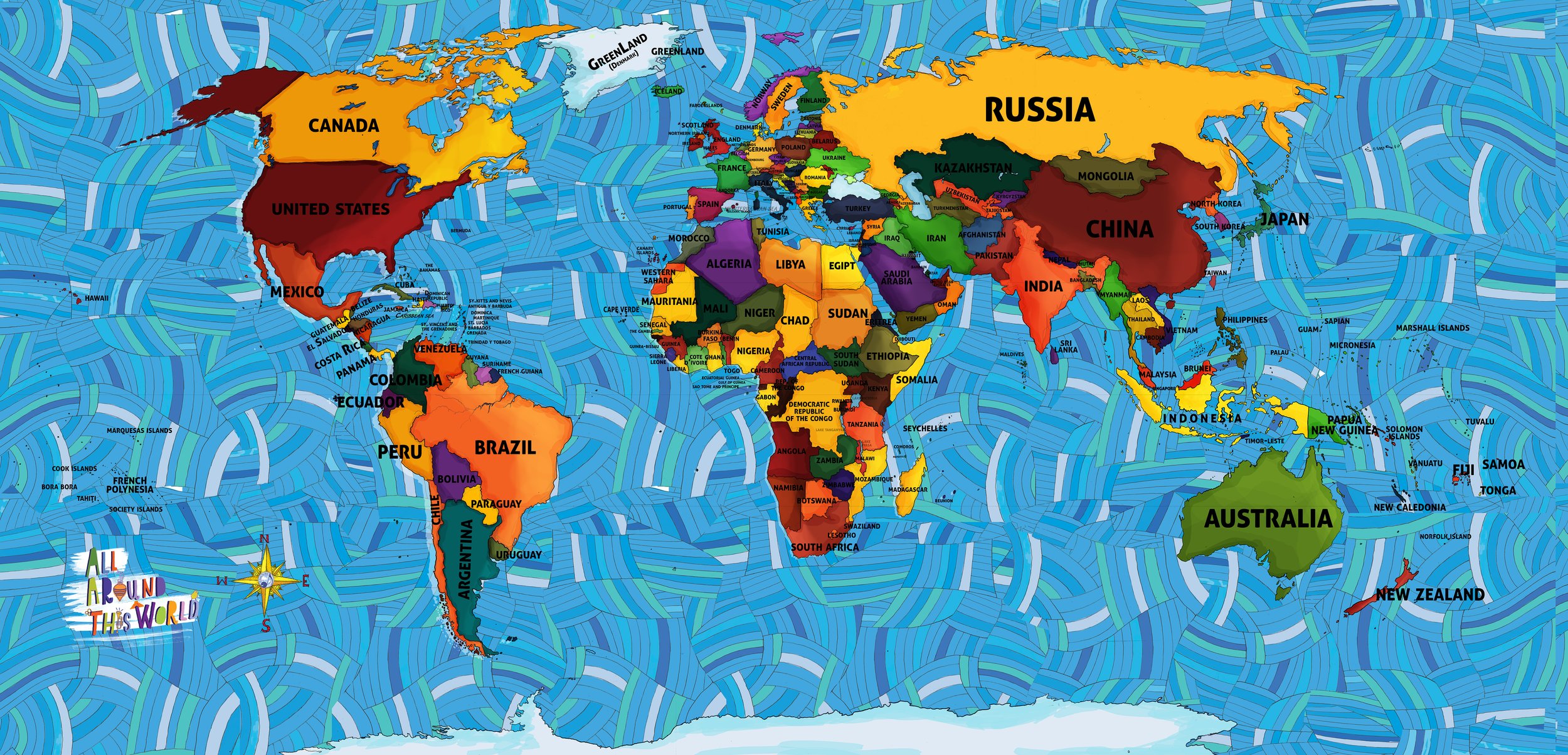EastERN EURoPE THE BALKANS
The Balkan Peninsula is named after the Balkan Mountains that run from the border between Serbia and Bulgaria to the Black Sea. The list of "Balkan" countries shifts depending on whether you focus on geography or politics, but most functionally the Balkan nations are considered to be Albania, Bosnia and Herzegovina, Croatia, Kosovo (though not all nations recognize Kosovo as independent), North Macedonia (formerly known, until the resolution of a longstanding dispute with with Greece, as the Republic of Macedonia), Montenegro, Romania, Slovenia and Serbia. The region is, and always has been, multi-ethnic, home to a mix of European and Asian cultures and peoples who would spend centuries living intermingled, literally as neighbors, until some kind of shift -- externally imposed or of their own doing -- would tear them apart.
For many decades the Balkan nations tried their darndest to work together, forging their disparate cultures into one unified state. Yugoslavia began as a grand idea. In the mid 1800s a group of Croat intellectuals began to publicly ponder the possibility of uniting all the Slavs who lived in the Balkans into one unified whole, not only to celebrate their shared history and culture but also to consolidate Slavic power to challenge their Austria-Hungarian rulers. In the 1900s this pan-Slavic idea actually became a reality; three times in the 20th century a state called "Yugoslavia" existed. But what of their vision of a peaceful, united Southern Slavic nation...? Each time the nation of Yugoslavia broke into violent, discouraging pieces, , most recently in the 1990s.
IN CLASS WE…
EXPLORE EASTERN EUROPE WITH…
-

-
DANCES, HOLIDAYS AND FUN!

ALL AROUND THIS WORLD’S SONGS AND LESSONS
Click on the map to meet any region of the world.



